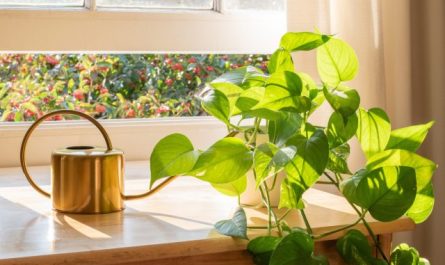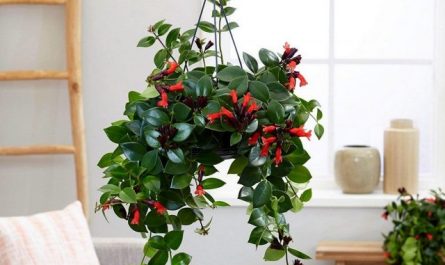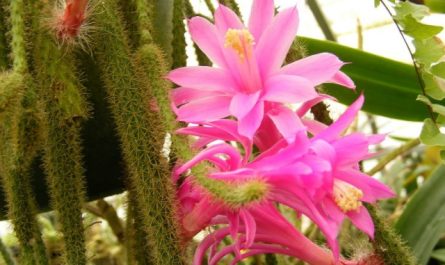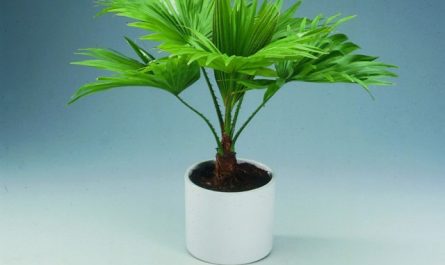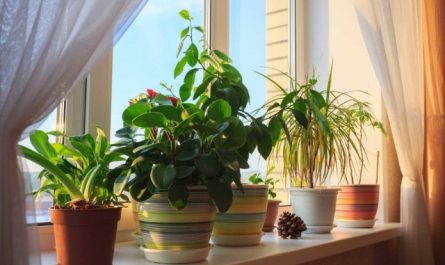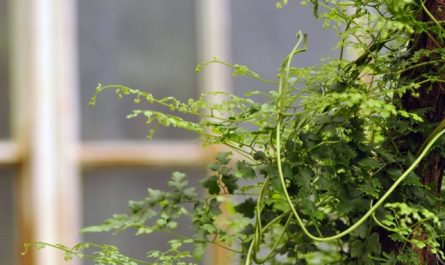It is no secret that many people buy violets spontaneously, say, they see a flower at an exhibition, a market, from friends, in a store and are eager to have it at home. And the question immediately arises: in what soil should the plant or cutting be planted?
Most literary sources advise making the soil mixture yourself. Unfortunately, this is not always possible and not for everyone. What to do if a violet, a baby plant or a leaf cutting require urgent planting or transplantation, and there is no time or opportunity to prepare the substrate yourself? Then you need to go to the store.

© ARTESANIAFLORAE
There are many soils on sale today from different manufacturers with tempting names – “Violet”, “Saintpaulia”, “Flower”… They are not always suitable for our favorites in their pure form.
I remain committed to the soil mixtures of the German company Greenworld. I use its “Universal soil for flowers”. I also had to deal with “Soil for flowering plants” and “Soil for green plants”. I consider the first of the named to be the most suitable. It consists of high-moor and low-lying peat and perlite. The acidity of this soil is at the pH level of 5,0-6,5.
True, you have to add perlite to the “Universal Flower Soil”. The easiest way is to use standard store-bought fine perlite. A bag is enough for 5 liters of soil. If the perlite is large, I take 0,5 liters for the same volume of mixture. Instead of perlite, you can add 0,5 liters of vermiculite or fine expanded clay, sold under the name “drainage”.
Expanded clay is less convenient – although slightly, it changes the acidity of the soil, accumulates salts and substances that are not very useful for violets.

© Andrey Butko
You can also add coarse sand as a leavening agent – 0,5 kg for the same volume of the mixture, after heating it in a frying pan or in the oven. You can also grab a bag of sphagnum moss from the store. Cut it and cover the soil surface in the pot with a 0,5-0,8 cm layer around the planted baby or adult plant (but not the cutting). This will prevent the top layer of soil from drying out. This is especially important in winter for those plants that are on the windowsill next to a hot radiator or on a shelf with lighting. The moss will need to be changed every 2-4 months, depending on the hardness of the irrigation water. However, you can do without these additives and quickly plant the plant in a ready-made substrate.
It is essential to add perlite or vermiculite to the “Soil for flowering plants” and “Soil for green plants”.
The same expanded clay, crushed polystyrene foam, chopped sphagnum, and other materials can be used as drainage. For adult plants, the drainage layer should be up to 1/4 of the pot height. For cuttings and babies – up to 1/3 of the height.

© Hobby cafe
If it is not possible to buy the soil mentioned above, I buy “Vermion” from “Podvorie Albin”. Its varieties are suitable for Saintpaulias: “Universal Flower Soil” or “Violet”. If both mixtures are on sale, I “test” them – I crumple them in my hands – and take a more crumbly one. Although, in my opinion, these soil mixtures are less successful: very often the soil composition is not maintained, the humidity is not maintained, Californian worms almost always live there, which you discover only when they grow up in the pot. This mixture, in a good way, needs to be steamed, and this, you must agree, is no longer a quick planting. The soil in the package is 2 liters, this is enough for planting 2-3 adult plants.
It should be taken into account that these soils initially contain a certain amount of expanded clay. There is much more of it in “Violet”. And since the manufacturer, as it seems to me, does not particularly care about the stability of the composition, it happens that expanded clay ends up in the mixture up to half of its volume.

© Ksena Shurubura
Depending on the actual composition, I add (or do not add) perlite or vermiculite to the mixture.
Other ready-made soil mixtures, if used as soil for violets, require even more time for preparation. Of course, they are not suitable for planting in a hurry.
For violets, I prefer to use plastic pots, 3-5 cm in diameter, with rounded edges that do not damage the leaves.
Having prepared the soil mixture and the container, I begin planting the cutting. I always renew the cut with a sharp knife, for example, a stationery knife, without pressing. I deepen the cutting by 0,5-1 cm in sphagnum or soil mixture, water it with 1-2 tablespoons of lukewarm water and put it in a greenhouse. I water it a second time in a week – 3-5 tablespoons of water. Depending on the variety, time of year and the condition of the mother plant from which the planting cutting was taken, the babies germinate in 3-5 weeks from the moment the leaf is planted.

© Lay-Liss
You can root the cutting in a glass of water, but it is better if the glass is brown, this will prevent the leaf petiole from bending. After the roots appear and grow to 0,5 cm, I plant the sprouted cutting in the substrate.
The violet does not bloom soon – 8-12 months after the leaf is planted.
Materials used:
- Natalia Naumova, Violets in Detail
